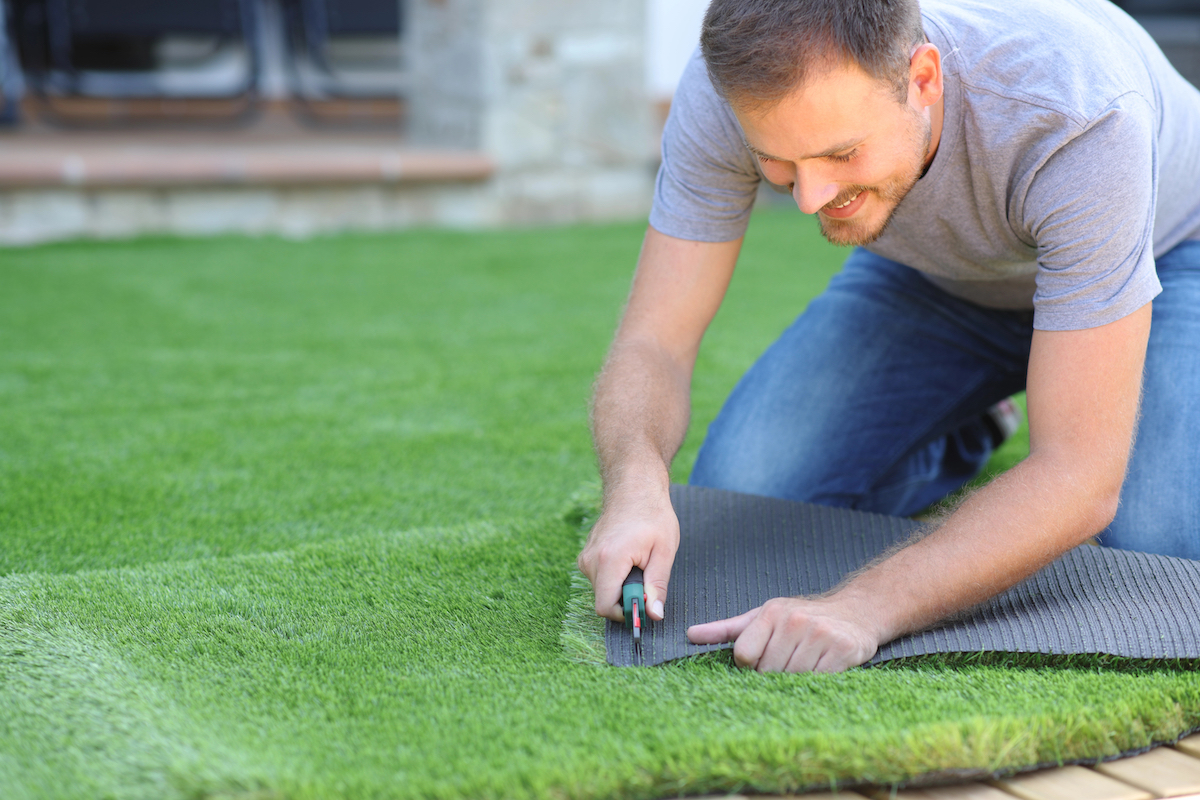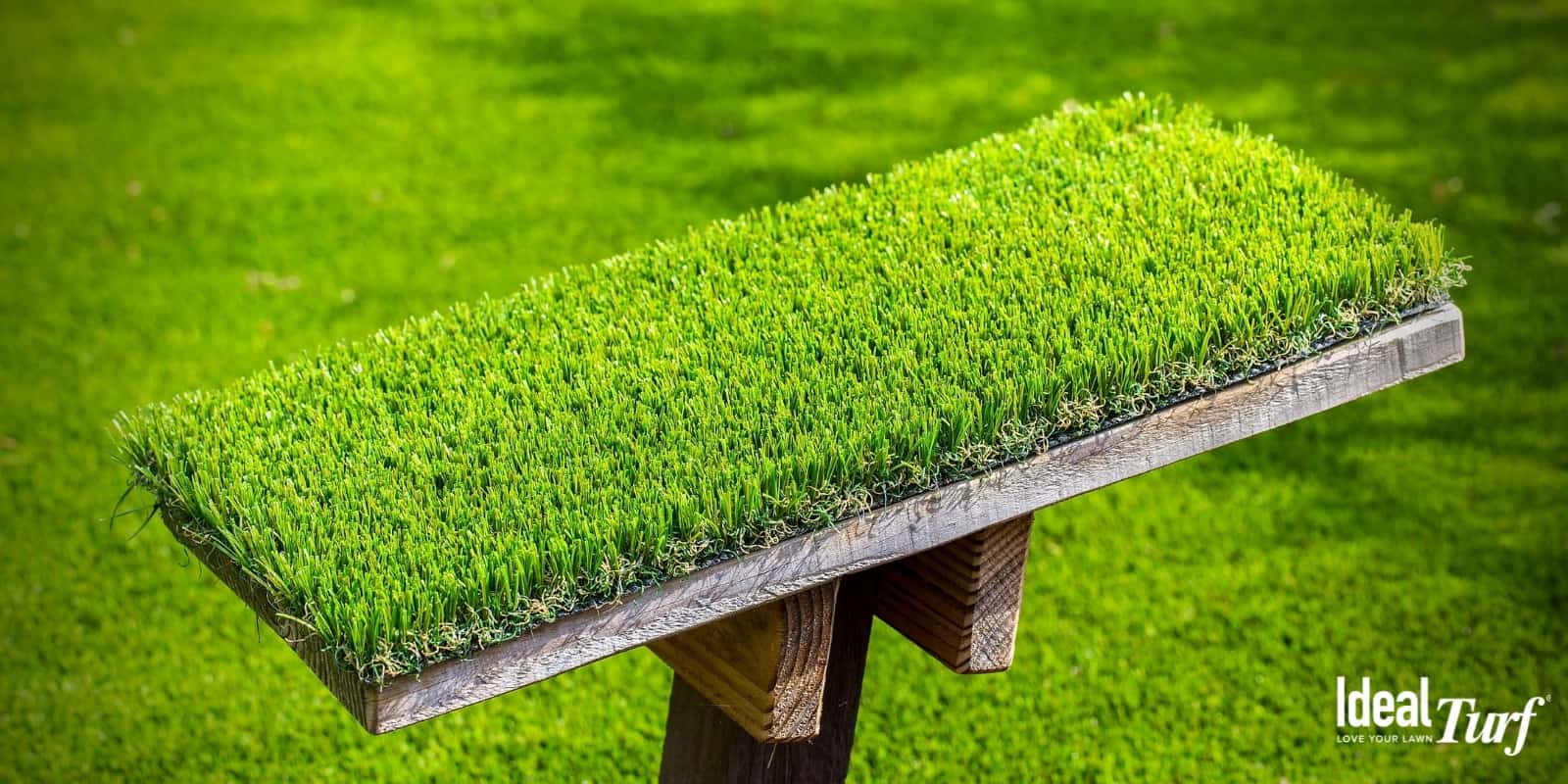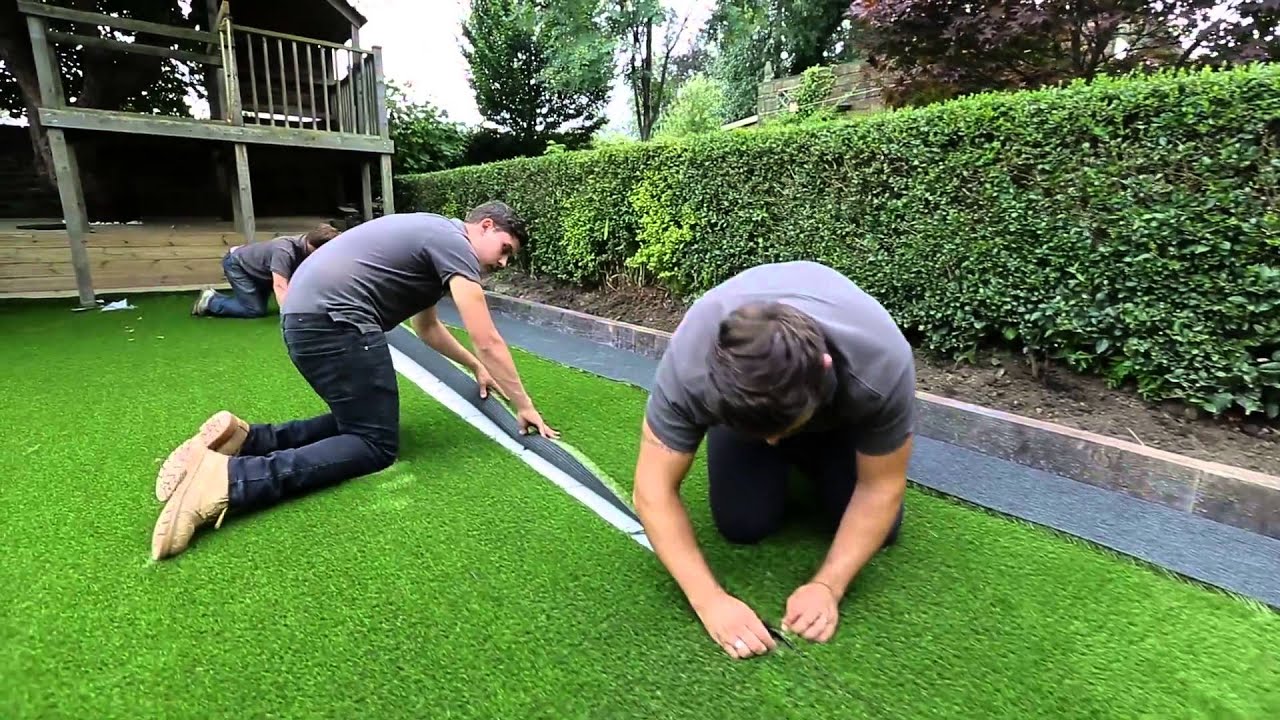Reputable Phoenix Turf Companies Delivering Superior Synthetic Grass Installation
Reputable Phoenix Turf Companies Delivering Superior Synthetic Grass Installation
Blog Article
Explore the Environmental Advantages of Opting for Artificial Turf Solutions
The adoption of synthetic lawn services provides an engaging possibility to deal with pushing environmental obstacles. By dramatically minimizing water usage and lessening the application of harmful chemicals, these options not just advertise lasting landscaping yet additionally shield neighborhood ecosystems.
Water Conservation Advantages
One of one of the most considerable benefits of synthetic grass is its ability to preserve water. Typical turf yards require significant watering, particularly in locations susceptible to drought or water limitations. On the other hand, artificial grass does not require watering, dramatically lowering the general need for water resources. This attribute is especially useful in deserts where water deficiency is a pushing concern.
By eliminating the demand for routine watering, artificial lawn adds to lasting landscape methods and assists reduce the ecological influence of too much water consumption. The preservation of water expands to the decrease of overflow, which can lead to dirt disintegration and waterway contamination.
Furthermore, the setup of synthetic grass enables towns and homeowners to allot water resources extra successfully, concentrating on necessary uses such as drinking water and farming. The change in the direction of synthetic lawn not just promotes liable water use yet likewise aligns with broader ecological objectives targeted at maintaining natural deposits.
As communities significantly focus on sustainability, the water conservation benefits of artificial grass present an engaging situation for its fostering in residential and business landscape design tasks.
Lowered Chemical Usage
The change to synthetic grass substantially reduces the reliance on chemical therapies generally used in natural grass upkeep. Traditional turf management typically entails the application of pesticides, fertilizers, and herbicides to promote growth and control parasites. These chemicals can present threats to human health, regional wild animals, and the atmosphere, contributing to soil and water contamination.
In contrast, synthetic grass gets rid of the requirement for these harmful substances. As soon as installed, it needs minimal maintenance, mostly containing regular cleansing and occasional infill replenishment. This reduction in chemical use not just benefits the prompt setting yet additionally adds to more comprehensive environmental stability. By minimizing the launch of artificial substances into the ecosystem, man-made turf advertises much healthier soil and water supply.
Moreover, the lack of chemical runoff connected with synthetic grass setups assists shield regional waterways from air pollution, supporting aquatic life and keeping biodiversity. Turf installation phoenix az. As neighborhoods increasingly focus on lasting methods, deciding for man-made turf presents a practical option that straightens with ecological conservation objectives. Through this change, residential property proprietors can enjoy lavish green spaces without endangering eco-friendly health, leading the way for a much more sustainable future
Lower Carbon Impact

Additionally, the installment of synthetic grass can cause considerable water conservation. Natural lawns need substantial amounts of water for irrigation, which not just contributes to the carbon footprint connected with water extraction and therapy but additionally strains local water resources. On the other hand, synthetic grass requires minimal upkeep, needing no watering, thereby considerably lowering water use and its linked click for more info energy costs.
In addition, the durability of synthetic grass adds to its reduced carbon impact. With a lifespan of up to 15 years or more, the demand for constant substitutes is decreased, resulting in much less waste and reduced power usage in manufacturing and getting rid of standard lawn choices. Overall, fabricated turf presents a sustainable option for ecologically mindful landscape design.
Environment Conservation
Environment preservation is an important factor to consider in the dispute over landscape design selections, particularly when comparing man-made grass to natural grass. Natural turf yards often require comprehensive maintenance, consisting of the usage of herbicides, fertilizers, and chemicals, which can adversely influence regional environments. These chemicals can seep right into the dirt and waterways, harming indigenous flora and animals and disrupting regional environments.
In contrast, synthetic turf offers a chance to decrease the environmental footprint of landscaping. By opting for artificial turf, homeowners can reduce the disturbance of natural environments connected with conventional lawn treatment techniques. Artificial grass removes the need for damaging chemicals, thereby protecting close-by wildlife and maintaining the integrity of bordering ecological communities. Furthermore, the setup of man-made turf can cause the conversion of former lawn locations right into more biodiverse landscapes, such as pollinator gardens or native plant areas, which can sustain local wild animals.
Inevitably, the transition to man-made lawn not just conserves water and minimizes upkeep efforts yet likewise fosters a more unified connection in between human tasks and the natural surroundings, advertising environment preservation in the procedure.
Long-Term Sustainability
Long-lasting sustainability is a crucial consider evaluating the advantages of synthetic grass over standard grass lawns. Among one of the most substantial advantages of man-made grass is its longevity; it can last as much as 15-20 years with very little maintenance, whereas all-natural turf requires constant reseeding and substitute. This durability decreases the demand for consistent sources, such as water, fertilizers, and pesticides, which are important for keeping a healthy grass yard.
Additionally, synthetic grass adds to a decrease in carbon exhausts related to grass care tools. Standard lawns frequently require gas-powered lawn mowers, trimmers, and blowers, every one of which add to air contamination. Arizona artificial turf. In contrast, synthetic grass removes the requirement for such equipment, advertising a cleaner setting
Furthermore, the manufacturing of artificial lawn increasingly uses recycled products, enhancing its sustainability profile. As manufacturers embrace environmentally friendly methods, the ecological footprint of synthetic grass continues to reduce.

Final Thought
The adoption of synthetic grass services presents substantial environmental benefits, including significant water conservation, lowered dependence on hazardous chemicals, and why not find out more a lower carbon YOURURL.com impact. Artificial lawn aids in preserving natural environments by minimizing land disruption and advertising lasting sustainability with the use of long lasting materials. Jointly, these factors underscore the potential of synthetic grass to contribute favorably to environmental wellness and offer a practical alternative to standard landscape design practices in a significantly resource-conscious world.
In comparison, man-made turf does not need watering, considerably reducing the total demand for water resources. By decreasing the release of synthetic compounds into the ecological community, man-made grass promotes much healthier dirt and water systems.
In addition, the installation of man-made lawn can result in substantial water conservation. In contrast, man-made turf needs marginal maintenance, requiring no watering, thereby considerably minimizing water usage and its connected energy prices.

Report this page